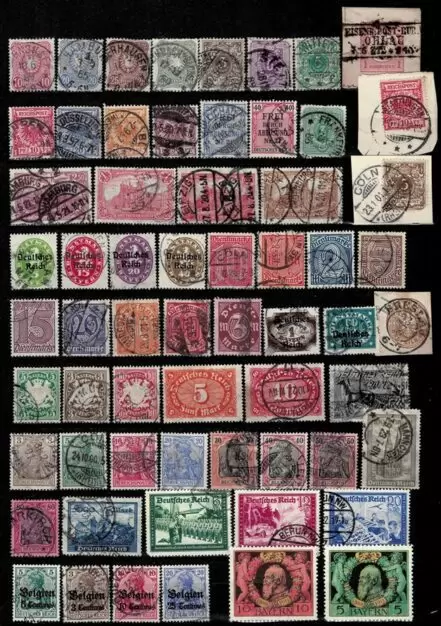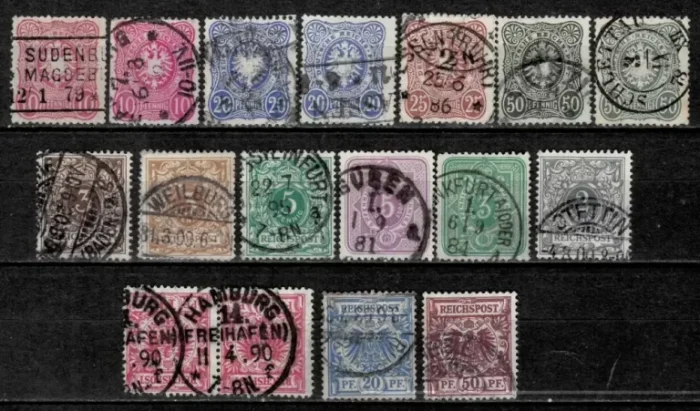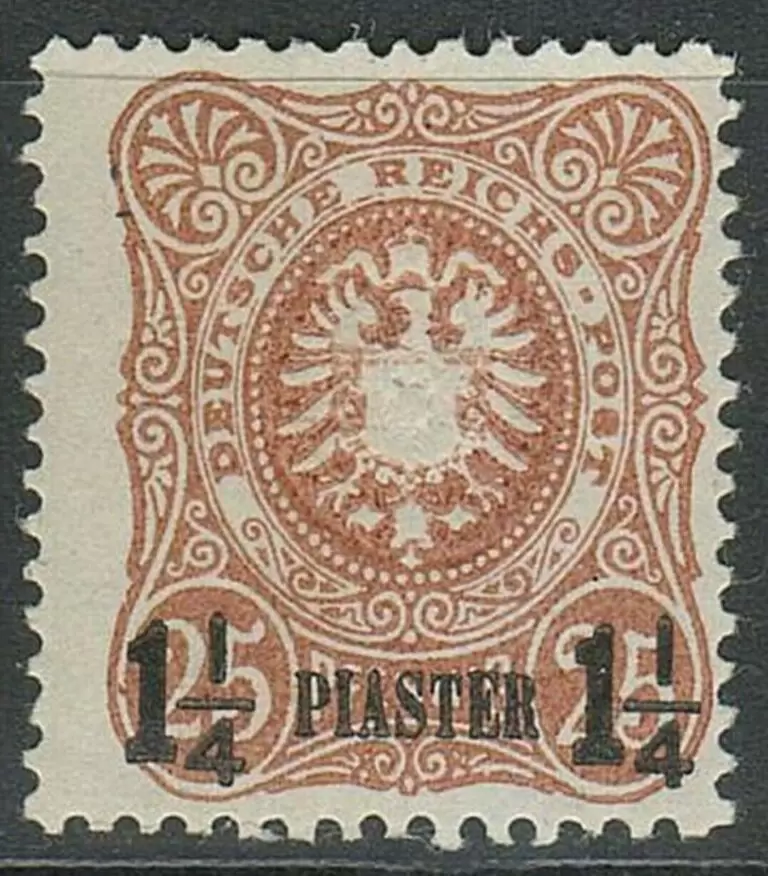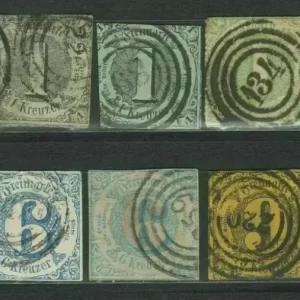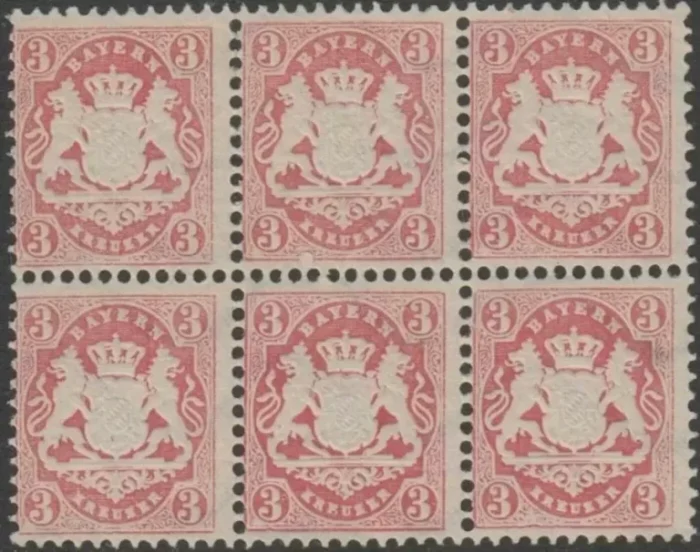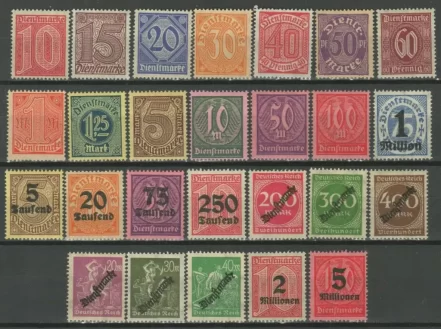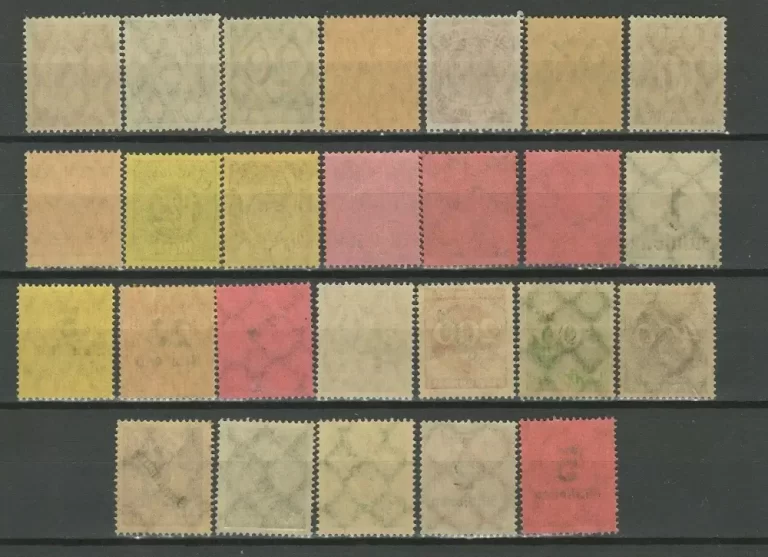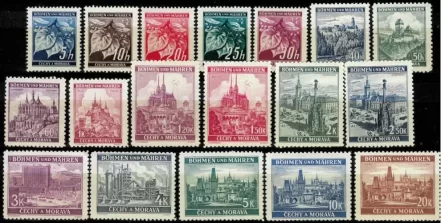Bavaria Bayern year 1920 stamps Used lot HCV
During the period from 1880 to 1920, Bavaria (Bayern), a kingdom within the German Empire until its dissolution after World War I, issued a variety of postage stamps reflecting its history, culture, and administrative changes. Bavaria issued definitive stamps for everyday postal use, featuring portraits of ruling monarchs, local landmarks, symbols, and allegorical representations. These stamps came in various denominations to accommodate different postal rates and were used for sending mail within Bavaria and to other parts of the German Empire. Bavaria’s “Numeral” issues, introduced in the late 19th century, featured numeric denominations alongside the portrait of King Ludwig III, who ruled Bavaria from 1913 to 1918. These stamps were used extensively for postage during the transition from the 19th to the 20th century. Bavaria occasionally issued stamps with overprints or surcharges to meet changing postal rates or currency values. These overprints often modified existing stamps with new denominations, markings, or inscriptions to address temporary shortages or disruptions in postal services. The period from 1880 to 1920 witnessed significant political changes in Bavaria and Germany as a whole. Bavaria transitioned from a kingdom to a republic following the collapse of the German Empire after World War I. This transition was reflected in the design and issuance of postage stamps during this period.
Thematic Stamps: Bavaria issued thematic stamps on various topics, including historical events, cultural landmarks, achievements, and anniversaries. These stamps celebrated Bavaria’s rich heritage, traditions, and contributions to German history and culture.
Collector’s Items: Bavarian postage stamps issued between 1880 and 1920 are highly sought after by philatelists, historians, and collectors of German postal history. These stamps are valued for their historical significance, artistic design, and association with Bavarian culture, heritage, and political developments during a period of profound change in Germany.


